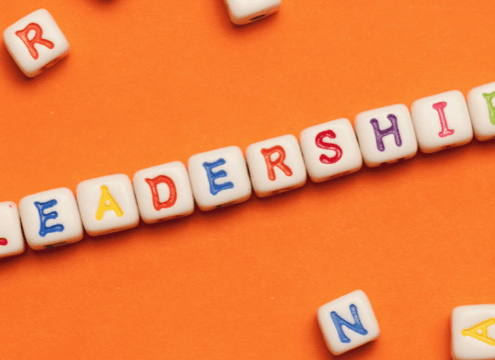
Reflect, Refocus, and Lead into the New Year
Why Reflection Matters as a Leader
Leadership is not just about…

Leadership Excellence
A Note From Jenny
A Wake-Up Call: Focusing on What Truly Matters
This…

Leadership Focus: Decision Clarity, Delegation, and Strategic Vision
1. Decision Clarity: Using a Matrix for Smarter Choices
As…

Leading Through Q4: Strategies for the Finish Line
As we enter the year's final quarter, it's time to reflect, refocus,…

Navigating the Now: Mastering Leadership Flexibility
Proactive Leadership: Embedding Flexibility into Your Organization
In…

